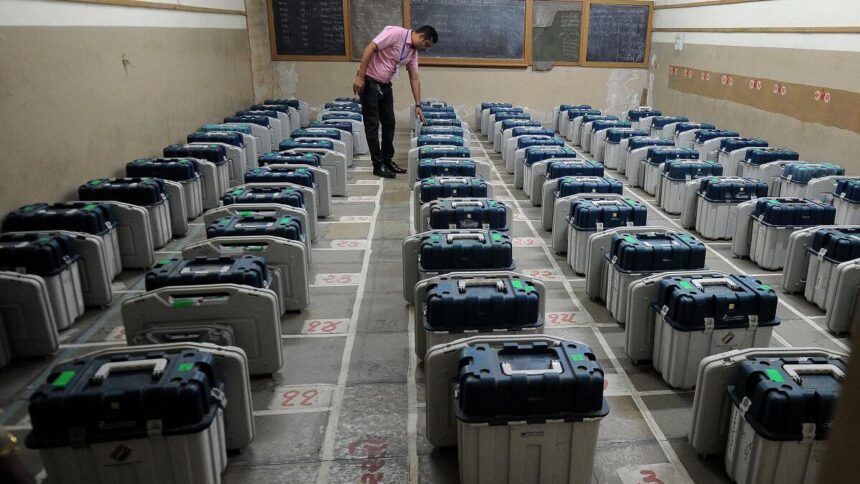With 970 million voters eligible to participate in the general elections later this year, India is poised to reaffirm its status as the world’s largest electoral democracy. Voter registration is expected to rise by 6% compared to the numbers from 2019.
India comprises 28 States and eight Union Territories, collectively hosting a voter population comparable to some of the largest nation-states globally. For instance, Uttar Pradesh, with an electorate of 146 million, mirrors the population of Brazil, the seventh most populous country. Similarly, the electorates of Maharashtra and Bihar are comparable to those of Mexico and the Philippines, respectively. Even Goa’s electorate aligns closely with that of Bahrain and Cyprus.
State-wise discrepancies exist in the number of voters represented by each elected Member of Parliament (MP) in the Lok Sabha from 2019 to 2024. For example, an MP from Delhi represents an average of 2.05 million voters, while one from Uttar Pradesh represents approximately 1.83 million voters. MPs from Andhra Pradesh and Tamil Nadu represent about 1.58 million and 1.54 million voters, respectively, whereas MPs from Kerala and Tripura each represent around 1.31 million voters.
Telangana’s Malkajgiri constituency leads with 3.15 million electors, followed by Karnataka’s Bangalore North at 2.85 million. The variation in elector numbers across States results from the last delimitation exercise, conducted post-1971 Census, which has not updated figures to adhere to the one-person-one-vote principle. This was intended to reward States that effectively managed their populations; however, the current delimitation process carries potential drawbacks. States that have successfully addressed demographic issues may see their representation reduced if the Lok Sabha size remains unchanged in a future delimitation.
A recent study by Vaishnav et al. from the Carnegie Endowment highlights that Uttar Pradesh and Bihar could gain 11 and 10 seats, respectively, if the Lok Sabha size is maintained at its current level. Conversely, Tamil Nadu and Kerala may face a net loss of eight seats each. Alternatively, if the Lok Sabha size expands to 848 based on projected 2026 population figures, Uttar Pradesh and Bihar might see seat increases of 63 and 39, respectively, while Tamil Nadu and Kerala would gain only 10 and none.
Experts have raised concerns about a potential delimitation exercise that might lead to uneven federal representation, adversely affecting States that have effectively managed population growth. Various proposals have emerged, including extending the freeze on delimitation or maintaining the current size of the Lok Sabha while increasing the dimensions of State Assemblies.
Published – February 25, 2024, 04:51 pm IST










